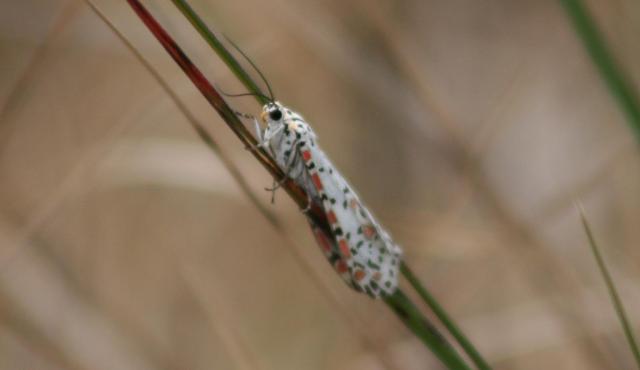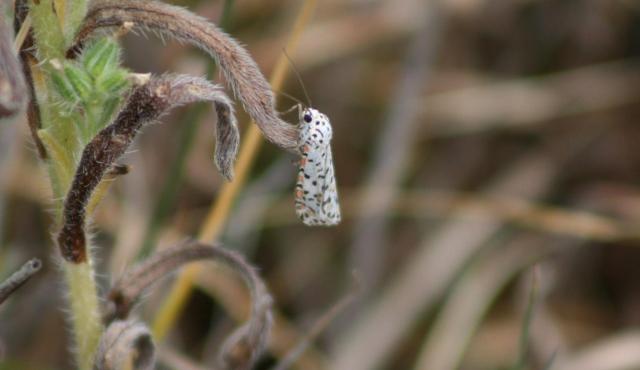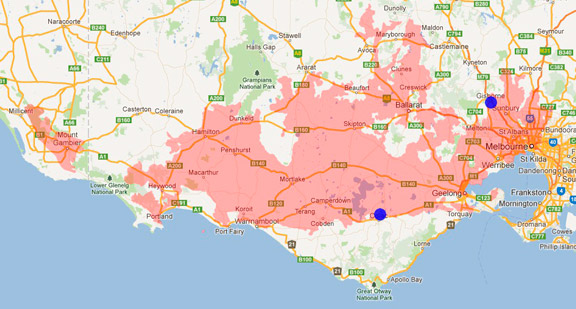A range of teacher professional learning programs will be developed to accompany the Biodiversity of the Western Volcanic Plains online outreach...


Heliotrope Moth
Utetheisa pulchelloides
The female lays a row of pale green eggs on a leaf from a food plant.
| Details | Description |
| Type | Invertebrate |
| Group | Insect - Moth |
| Other Common Names | Salt and Pepper Moth |
| Identifying Characteristics | |
| Distinctive Markings | A pattern of red and black spots is visible on the forewings when the moth is at rest. |
| Diet | Herbivore. Caterpillars eat various plants from the Boraginaceae family, including Salvation Jane, Heliotrope and Forget-me-not. |
| Habitat | The adult does not venture far from the host plant. |
| Native Status | Native to Australia |
| Taxonomy | |
| Phylum | Arthropoda |
| Class | Insecta |
| Order | Lepidoptera |
| Family | Arctiidae |
| Genus | Utetheisa |
| Species | pulchelloides |

Distribution maps indicate current and historic locations where species have been sighted.
Source: Atlas of Living Australia
| Conservation Status | |
| DEPI Advisory List | Not listed |
| FFG Act | Not listed |
| EPBC Act | Not listed |
The conservation status of species is listed within Victoria and Australia.
The Department of Environment and Primary Industry (DEPI) Advisory List consists of non-statutory advisory lists of rare or threatened flora and fauna within Victoria.
The Flora and Fauna Guarantee Act 1988 (FFG Act) lists threatened species in Victoria. Under the Act, an Action Statement is produced for each listed species.
The Environment Protection and Biodiversity Conservation Act 1999 (EPBC Act) is the Australian Government’s key piece of environmental legislation, listing nationally threatened native species and ecological communities.



